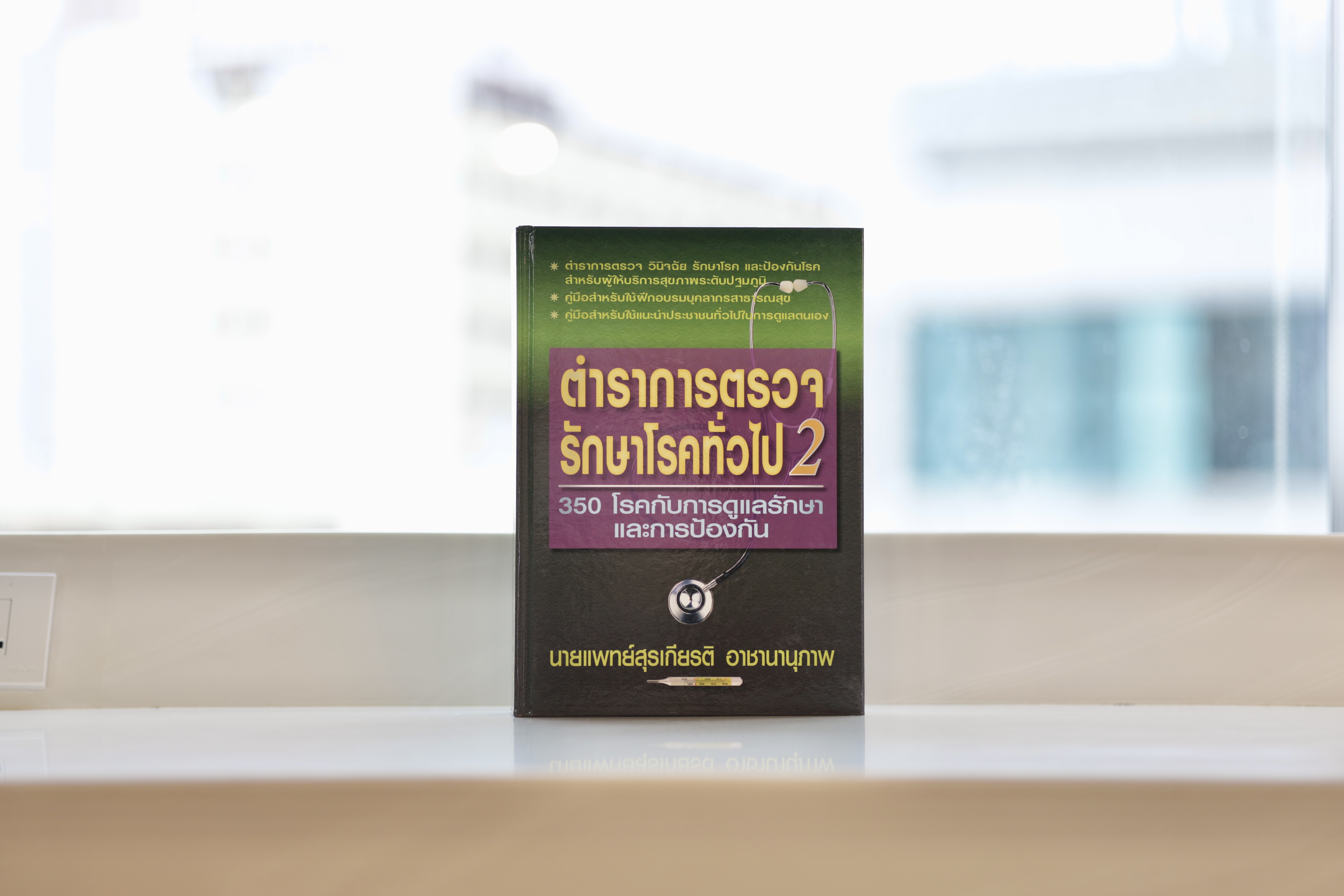
- Home
- DescriptionNews
NHSO partners with Doctor at Home to improve self-care
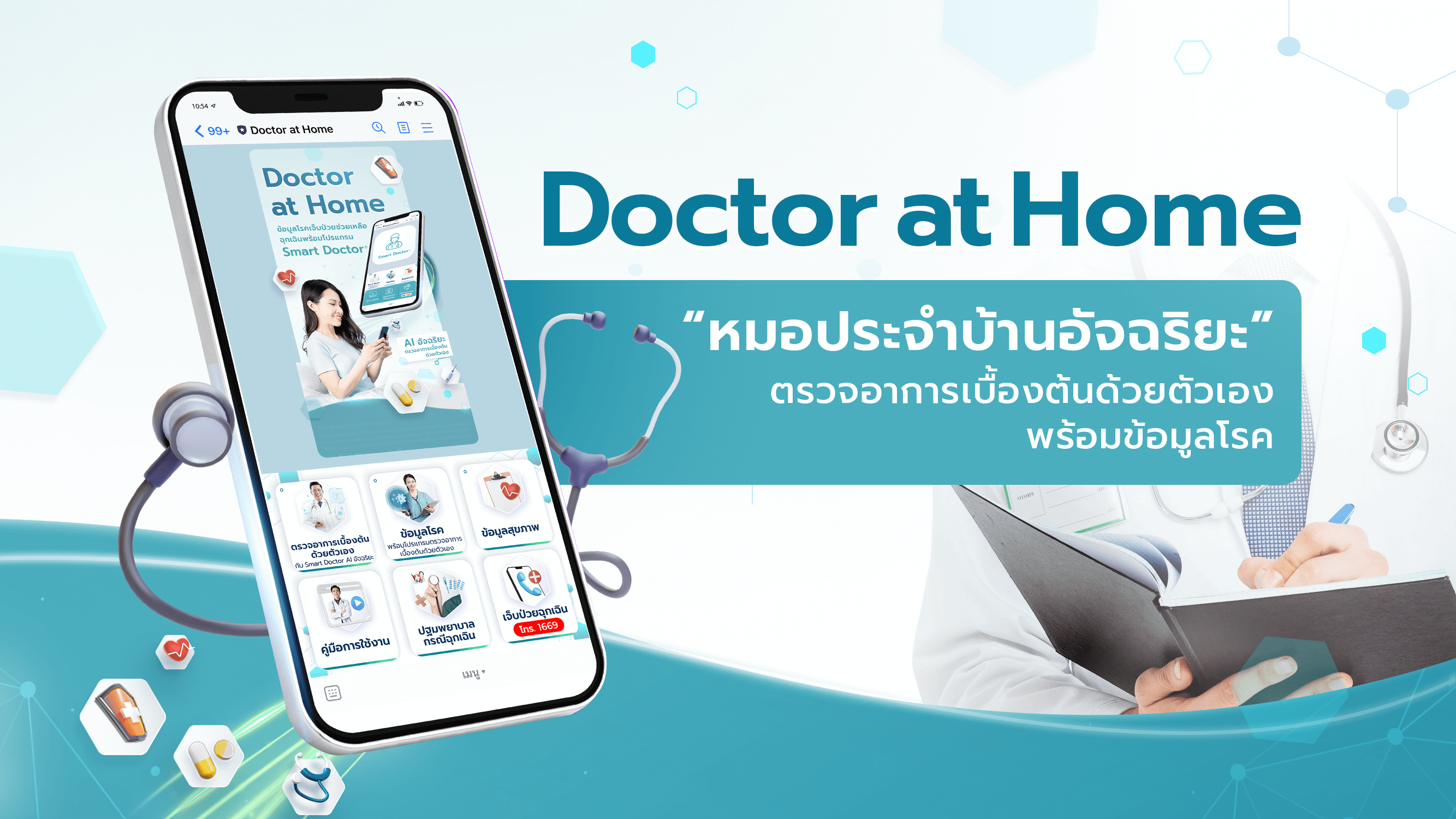
NHSO partners with Doctor at Home to improve self-care
One of the ways to alleviate hospital congestion is to provide health knowledge to the public, enabling them to understand how to manage basic health issues and when to seek medical attention.
That is where the initiative “Doctor at Home” run by Smart Doctor Innovation Company Limited wants to close the gap.
Doctor at Home serves as a platform accessible through both a website and a LINE application, allowing people to access information on basic disease screening and initial symptom inquiries using their smartphones.
This initiative aims to disseminate health knowledge to a broader audience, allowing them to make the right decision on their health.
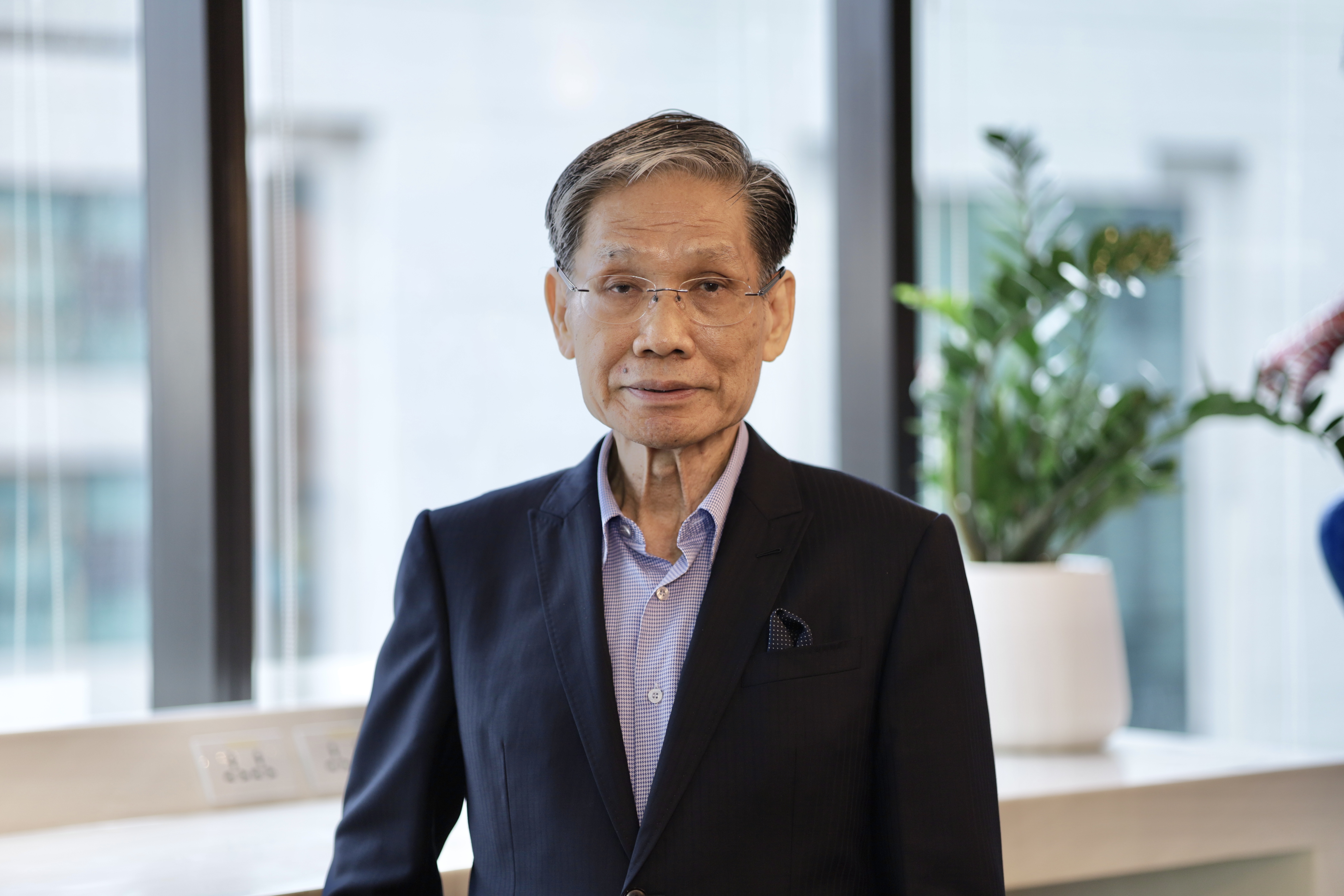
To build Doctor at Home, health knowledge used in the platforms is extracted from the Handbook for Basic Disease Screening and Patient Referral written by a well-known Associate Professor Dr Surakiat Achananupap, a former lecturer at Ramathibodi Hospital, Mahidol University.
He started writing this handbook in 1972 as he recognized the importance of educating communities about health and its relation to the environment. However, at that time, local health officials lacked sufficient knowledge to educate communities.
In an interview with Dr Surakiat, he explained that this guidebook adheres to the "Three-Legged Health System" principle.
The three legs are an efficient hospital system, primary healthcare, and self-care. The second and third legs play a vital role in managing basic health issues and providing self-care and community healthcare if the symptoms or conditions do not necessitate hospital intervention.
This approach has led to widespread use of the handbook across various regions of Thailand.
Though it is comprehensive and regularly updated, the handbook is an extensive volume of pages that can make it difficult to search for information
Smart Doctor Innovation recognizes the challenge and the importance of the knowledge provided by the senior lecturer, driving it to develop Doctor at Home by using technology to compile the data from the thick handbook onto an online platform — making it more accessible and user-friendly.
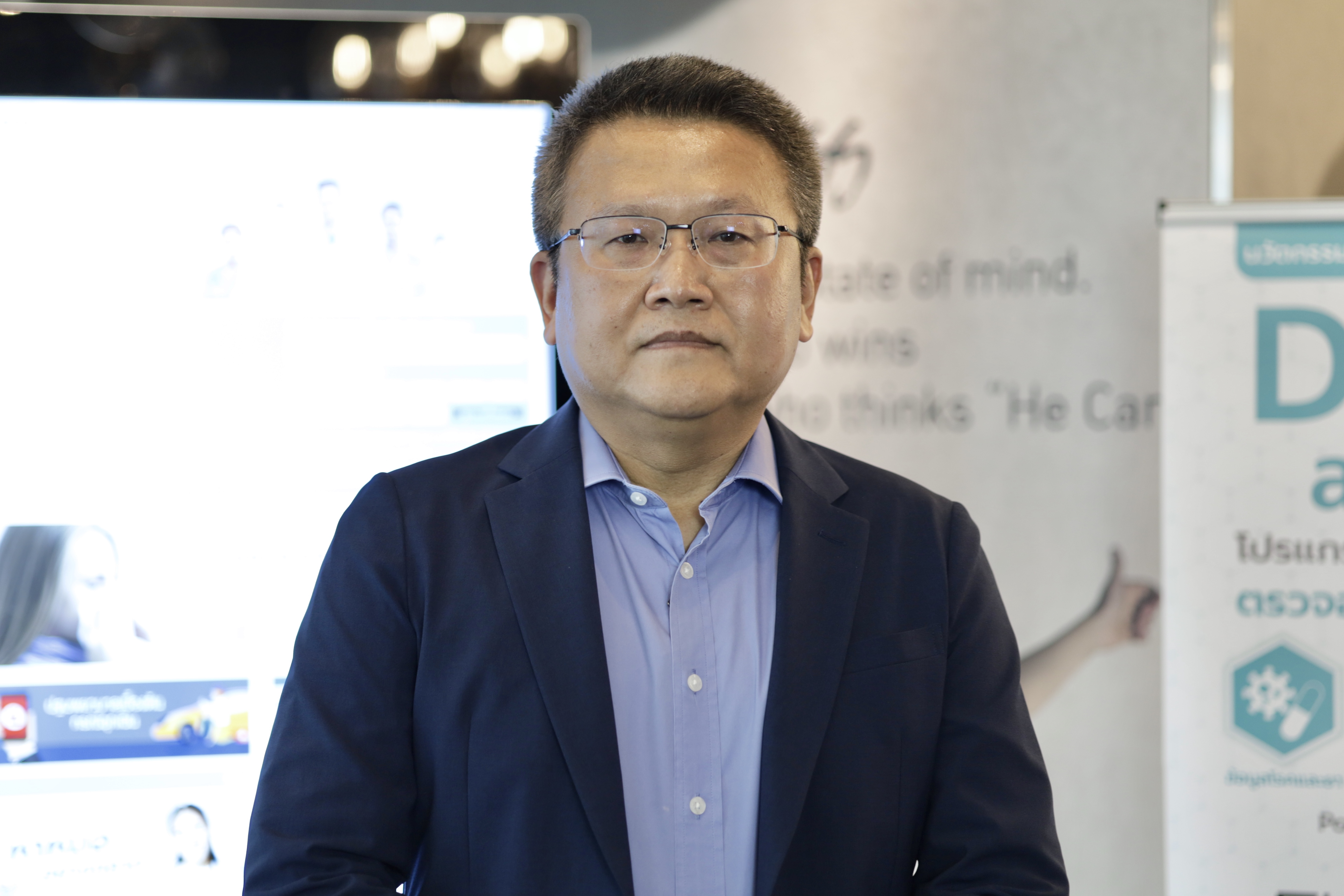
Tawee Kositjiranan, the co-founder of Doctor at Home, explained that Doctor at Home serves as a "mobile doctor" for the general public and healthcare professionals alike.
It allows them to access basic disease diagnosis and patient referral knowledge through the LINE application and the Doctor at Home website.
The key feature is a chatbot programmed with artificial intelligence (AI) to inquire about and provide initial symptom information to users.
This helps individuals take care of their health and promotes self-care abilities, even for those with limited medical knowledge.
"Even those without medical knowledge can use it easily because if they can use LINE normally, they can use Doctor at Home as well,” he said.
“It's a system designed for self-care when feeling unwell, knowing when to see a doctor or how to take care of oneself to recover.”
He added that Doctor at Home is also beneficial for healthcare personnel in remote areas where there might not be resident doctors.
In such cases, healthcare professionals can use the Doctor at Home app to inquire about patients' symptoms and provide care within their communities, particularly for remote service units.
This helps reduce the burden on doctors who would otherwise have to travel long distances to conduct examinations.
.jpg)
Doctor at Home is continually developing its system to be as comprehensive as possible, allowing the general public to access its services through the LINE application by adding "@Doctorathome" as a friend.
This enables users to chat with the AI system, which is designed to provide accurate health information.
National Health Security Office (NHSO) has collaborated with the handbook writer Dr Surakiat and Doctor at Home to transform health knowledge into an online platform and LINE app.
More than seven million LINE users registered with the NHSO’s LINE account can now utilize the artificial intelligence (AI) system to inquire about their basic health symptoms through Doctor at Home.
The AI system covers numerous diseases and health conditions, prompting users with step-by-step inquiries and screening dangerous symptoms first. If the data indicates a hospital visit is necessary, the system promptly advises so.
_0.jpg)
However, for minor ailments, the system provides self-care advice without collecting any personal information for user safety, said the NHSO Deputy Secretary-General Dr Athaporn Limpanyalers.
He emphasized that the best healthcare is when individuals can take care of themselves, screening their basic health.
They will contribute to overall improvements in healthcare, reducing congestion in hospitals, waiting times to see doctors, and enhancing the overall efficiency of healthcare services provided by medical professionals, said Dr Athaporn.
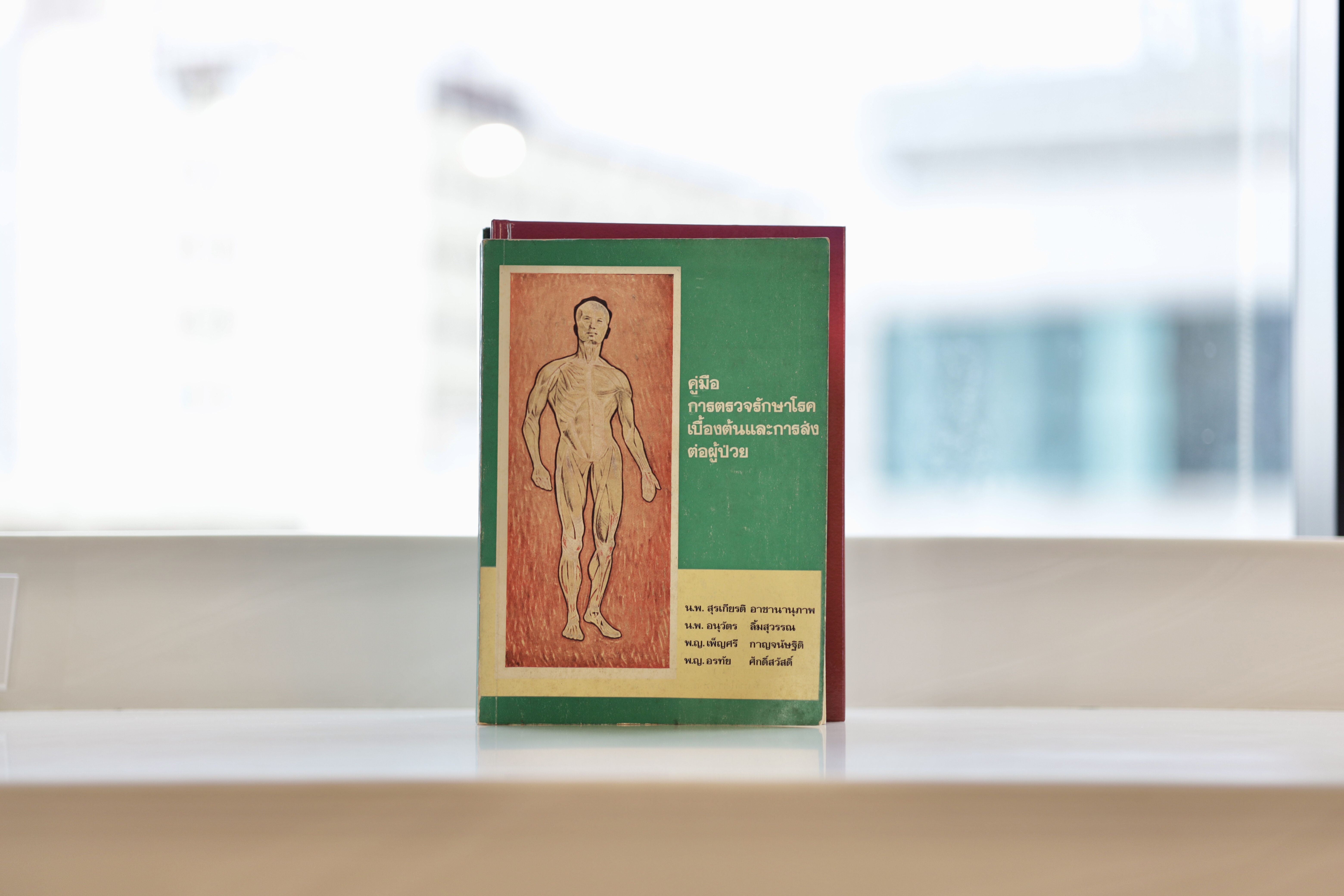
Along with partnering with Doctor at Home, the NHSO has collaborated with private companies running health mobile applications to expand people’s access to telemedicine.
Forty-two common diseases are covered in this partnership, and beneficiaries of the Universal Coverage Scheme (UCS) can request online medical consultation via partnered mobile applications.
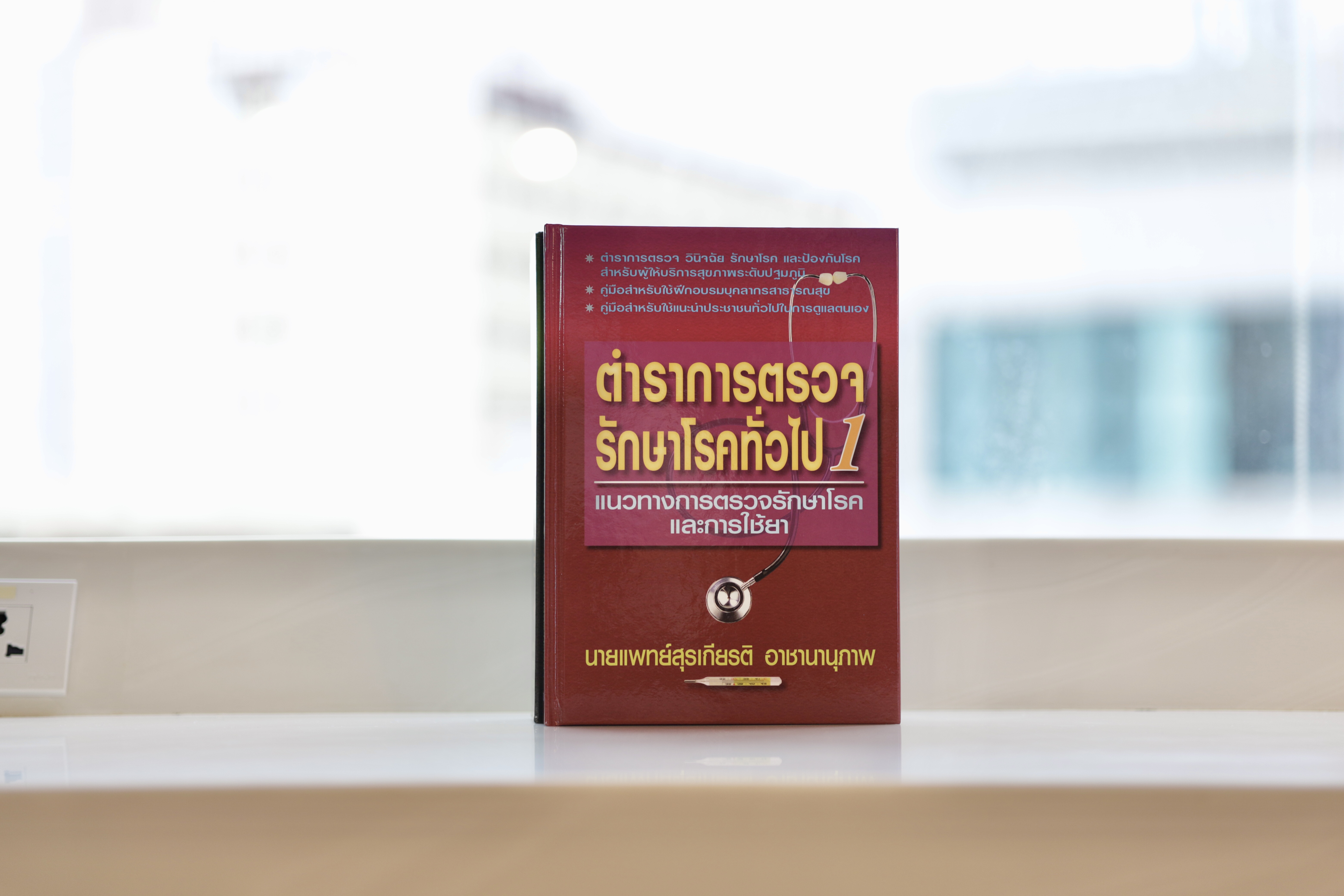
This service is currently being piloted in Bangkok and is expanding to five central provinces such as Nonthaburi, Pathum Thani, Samut Prakan, Samut Sakhon, and Nakhon Pathom.
